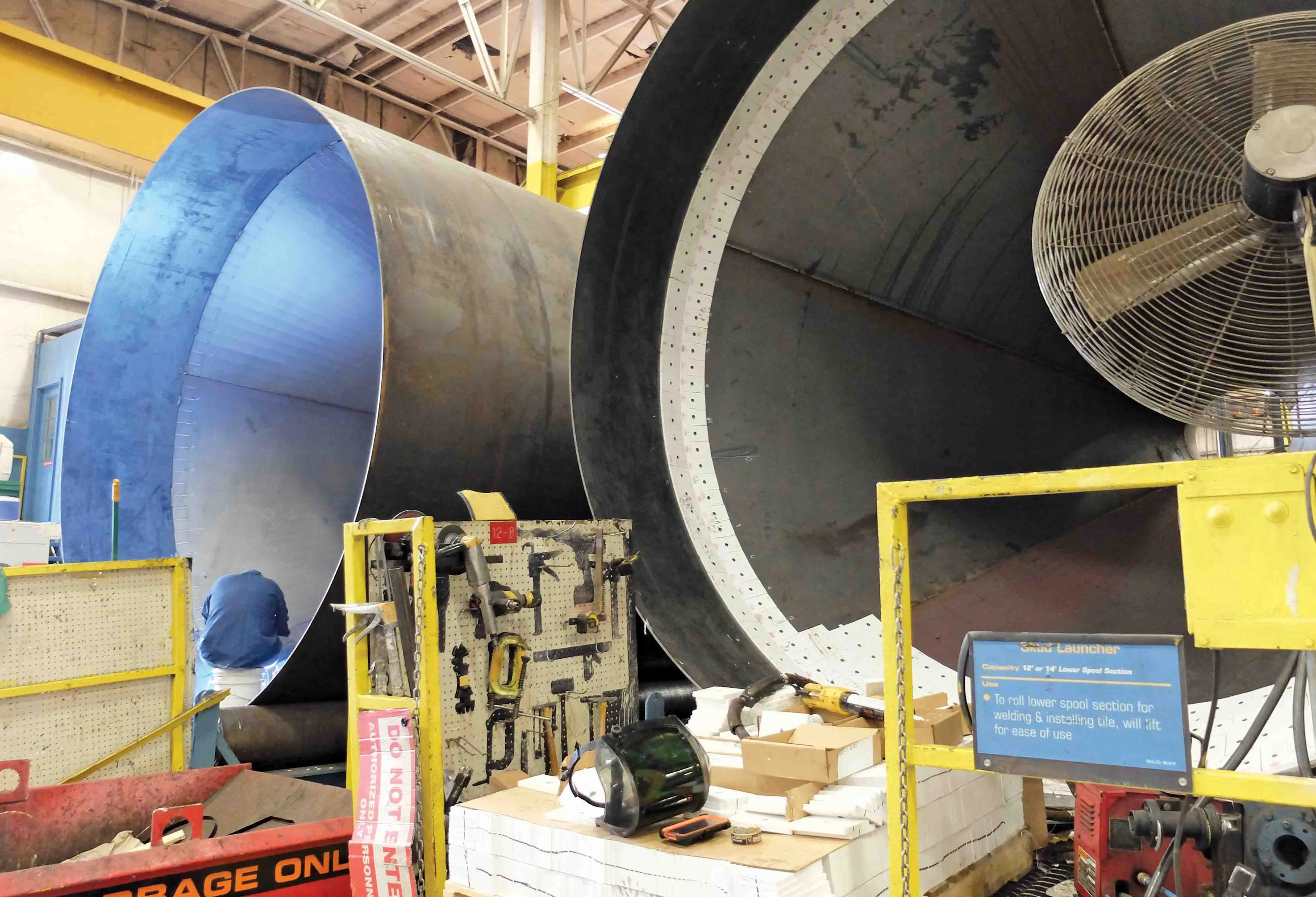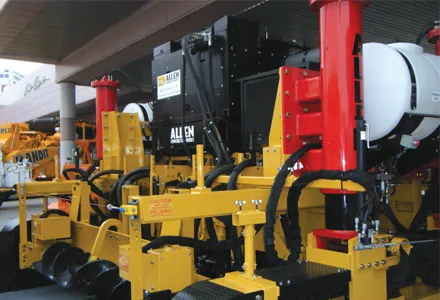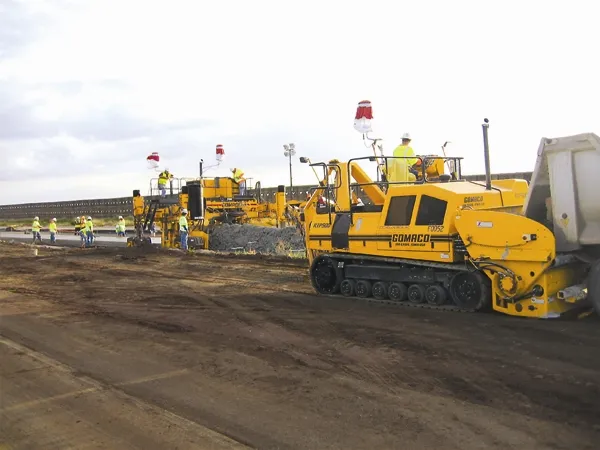Kennametal says that its latest cutter technology offers greater life in hard trenching, milling and extraction applications, while it is also able to offer purpose-built milling drums to suit specific applications. The new MTB1 trenching and MTB2S surface mining tool blocks are offered in long and short body styles and are said to be harder, stronger and easier to use than the firm's earlier TH3 line. The larger, heavy-duty barrel provides rigidity and durability during chain trenching and surface mining.
July 10, 2012
Read time: 2 mins
The Road-Ready drums feature the firm's Pro-Fit or Quick-Change block systems and are balanced to reduce machine vibration, extending life and improving productivity. The road-milling drums can be fitted with Kennametal's extensive line of conical tools, sleeves, and blocks in a range of configurations including weld-on blocks and patented quick-change systems that require no welding. Customised drums can boost productivity. According to the firm, its engineers can tailor drum design to specific customer parameters, with user-selectable design elements as cutting pattern, diameter, width, advance rate, and rpm. The firm determines the total number of tools required, total cutting width, wrap angle per side, radial spacing, vane angle, throat width, and estimated kicker clearance. Drum configurations for a number of pavement conditions and road machine OEM specifications are also available.









